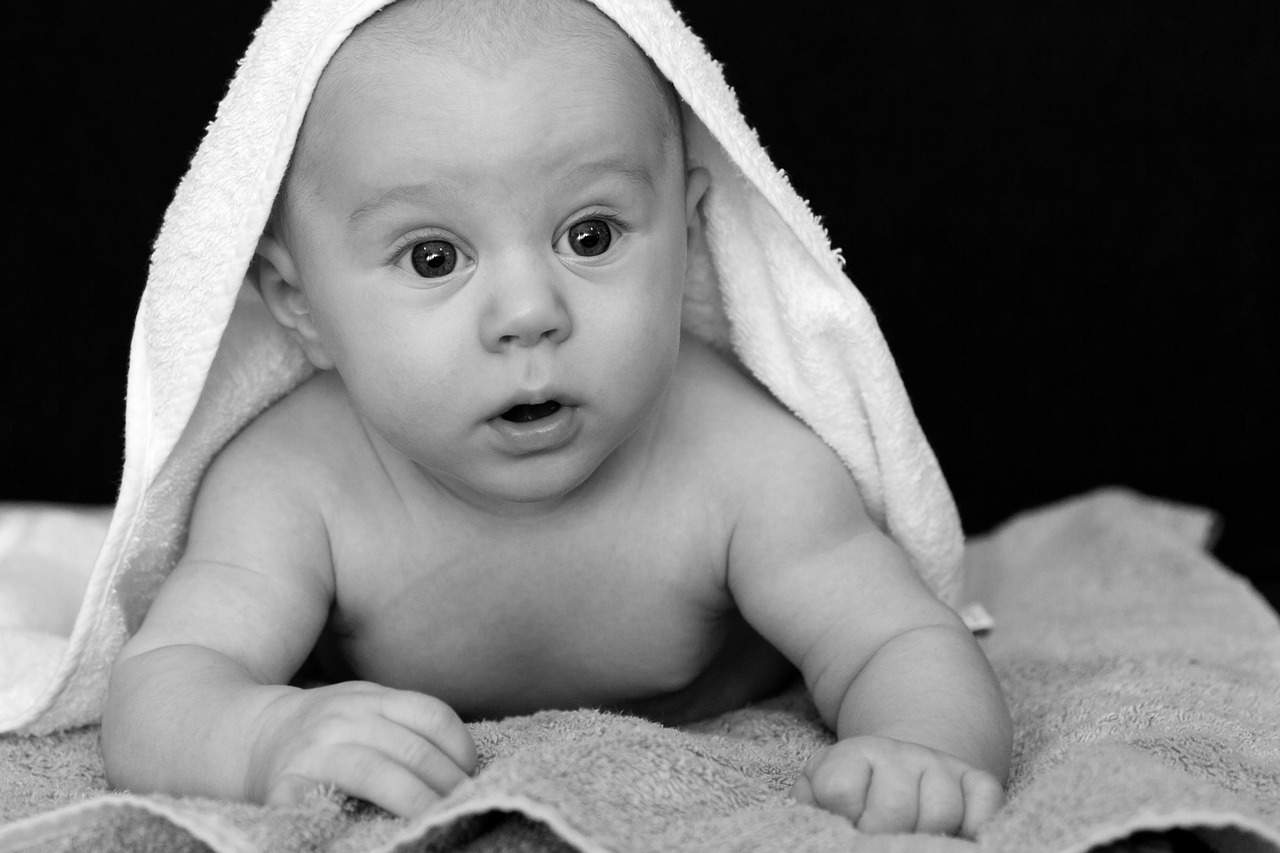
School is great for kids in so many ways, and an essential part of their learning and development. At school kids can play, learn, meet friends and explore the world – but unfortunately it’s also a place where germs, disease and bugs get passed around very easily. Children are all about playing with hands on contact, and this can make the spreading of certain diseases and conditions easier. It’s important to be aware of these health conditions and address them as soon as possible, before the issue gets out of hand. Here we list 4 childhood illnesses your child could pick up at school, how to spot them, and what to do.
Conjunctivitis
Conjunctivitis is an infectious disease of the surface of the eye which can be caused by bacteria or a virus. One of the first signs of this disease is an itchy, red and irritated eye which is where it gets its colloquial name ‘pink eye’. Conjunctivitis only affects one eye, but if left untreated both eyes could become affected. Children may wake up with the eye sealed shut with a yellow crust. Conjunctivitis is highly contagious and is spread from hand to eye contact, so avoid touching the affected eye and try to prevent your child from touching the eye too.
Conjunctivitis treatment is easy and effective and usually involves medicated eye drops or eye ointments, or antibiotics. Most schools will advise you that the child should stay away from school until the conjunctivitis has cleared up, as it’s highly contagious.
Head Lice
If your child comes home from school with a very itchy head, there’s a good chance they’ve had the bad fortune of picking up head lice. Head lice tend to surface in the schoolyard every so often, and usually it turns into an outbreak before enough parents notice to stop the spread. Finding head lice relies on noticing whether your child is itching and checking their heads for the tiny insects or their eggs.
A good preventative measure is to keep long hair tied back when going to school, and not washing the hair too often. If you can check your child’s hair regularly or run a lice comb through it each evening, it could save you a lot of hassle in the long term. A variety of medicated and natural treatments are available that are generally effective, and you should let your child’s school know if you pick them up.
Chicken Pox
Chicken pox is another common childhood illness that can really take your child out of action for a few days. It can start with a sudden fever and a number of small spots and blisters that pop up quickly. Chicken pox is highly contagious and caused by a virus which is spread through saliva and the blisters on the skin. There’s no real cure, but the disease clears up over a couple of days.
The best way to deal with chicken pox is to immunize your child against it, so they will have immunity protection against the virus and there’s no risk they’ll get the disease.
Colds and Flu
Even as adults, we can tend to pick up colds and flu regularly, and it’s no different for children. Being at school in an environment with hundreds of other children means there’s a greater risk for children picking up common colds and flu too. The symptoms are pretty well known, sore throat, blocked nose, fever, headaches and coughing and sneezing, and while there’s no cure, treatment can be symptomatic with cough lollies, cough syrup, pain relievers, inhalers and decongestants.
Colds and flu may create the need for your child to take a few days off school however. Prevention is always best, so teach your child good hygiene, like covering the mouth when they cough or sneeze, using a tissue, washing hands before eating and staying away from others who are sick.
By identifying and looking out for these 4 common childhood illnesses, you can be aware of what your child might pick up at school and be prepared before illness strikes.

